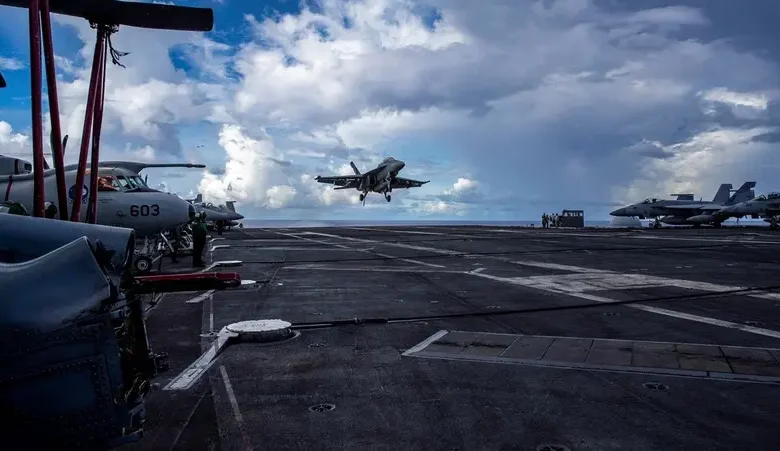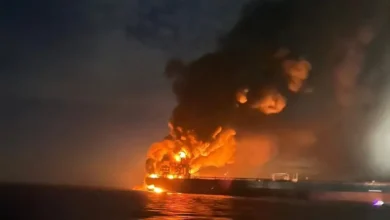US military withdraws only aircraft carrier in the Middle East

The Pentagon announced Tuesday that the US military had withdrawn its only aircraft carrier in the Middle East but stressed that it maintains ample capabilities to deal with various threats and contingencies.
The USS Abraham Lincoln left the United States Central Command area of responsibility over the weekend and entered the 7th Fleet in the Indo-Pacific.
Earlier this month, the US announced the deployment of additional ballistic missile defense destroyers, fighter squadron and tanker aircraft, and several B-52 long-range strike bombers to the region as preparations commenced for the Abe to depart.
The Abe arrived in the Middle East in August after US Secretary of Defense Lloyd Austin ordered it to accelerate its transit to replace the USS Theodore Roosevelt Carrier Strike Group and maintain a presence in the region.
The move came amid an increase in US military assets and troops following threats from Iran and its proxies to retaliate against Israel for assassinating top Hamas and Hezbollah figures in attacks in Tehran and Beirut.
Iran ended up attacking Israel with hundreds of ballistic missiles and drones on April 13 and October 1. Israel then responded to the October 1 attack, and Iran has threatened to retaliate once again.
Tensions continue to boil in the Middle East, with Israel’s war in Gaza raging and another full-blown war between Israel and Lebanese Hezbollah broke out in September.
Washington has deployed additional assets to the region since the Gaza war erupted after the October 7 Hamas attack on Israel. This has included an aircraft carrier presence in and around the Red Sea, primarily to fend off Houthi attacks from Yemen against commercial and merchant vessels.
But US officials say there are enough capabilities to continue shooting down Houthi drones and missiles. They also say the air power is enough to launch attacks inside of Yemen to hit Houthi weapons depots and other targets.
US Air Force B-2 bombers were utilized in last month’s strikes against five hardened underground weapons storage locations in Houthi-controlled areas of Yemen. Those bombers came from the US for the specific operation.
Another round of US military strikes was conducted on several Houthi facilities in Yemen that contained advanced conventional weapons earlier this month.
The US also helped Israel defend against both Iranian attacks and has played a role in tracking Hezbollah rockets and drones targeting Israel.
Despite the withdrawal of the aircraft carrier, the US says it maintains ample assets in the region. “We maintain significant firepower in the Central Command Area of Responsibility to include F-16s, F-15s, and several B-52 bombers as well,” Deputy Pentagon Press Secretary Sabrina Singh told reporters.
“So, we have a significant posture there,” she said.










